TechRadar Verdict
Age of Empires IV is a return to form for the series, capturing much of what players loved most from the iconic Age of Empires II. However, while some of the new elements really shine, there's not quite enough creativity to topple its predecessor.
Pros
- +
Documentary-level content
- +
Emphasis on civilization variety
- +
Good for micro and macro play
- +
Very accessible for a wide audience
Cons
- -
Lacks some creativity
- -
Not as complex as its competition
- -
Visuals are just OK
Why you can trust TechRadar
Age of Empires IV two minute review
Platform: PC
Time played: 20 hours
Age of Empires IV is your classic RTS game in every sense of the word - and not in the least because of its status as a spiritual successor to the iconic Age of Empires II.
While we wouldn’t call it revolutionary within the genre, AoE IV achieves with style and grace what many RTS games don’t - a balanced and well-rounded finished product that offers some solid replayability, opportunity for growth and, most importantly, good fun. It’s a fantastic return to form for the series, but we wouldn’t go as far as to say it matches up to AoE II.
Still, it’s clear where developers have learned from previous mistakes. Age of Empires IV brings many of the best-loved elements from AoE II into high definition, enriched with new features, gameplay elements and a finesse many would argue was overlooked in Age of Empires III.
What is most evident in our time with the game is Relic Entertainment’s dedication to not just existing AoE fans, but also new audiences to the series and the genre. The tutorial gives a smooth overview of everything we know and love in the series, the Story Mode difficulty level in the campaign removes the micro play and mass tactics to create a more narrative-driven experience, and the Art of War challenges create space for players to test themselves and improve their understanding of core elements of the game in a modular way.
However, it’s up for debate whether this is enough to capture the hearts and minds of modern audiences - especially those without rose-tinted nostalgia goggles. The RTS genre has come a long way since the early 2000s, and there are some moments in the game that lack complexity and originality.
The tech tree isn't very expansive, for example, especially when you look at how other modern RTS games treat advancement, especially when you consider the lack of progression - or complete omission - of key units from previous titles. Still, there’s a lot of variation between how civilizations play which injects challenge back into the strategy.
All in all, it’s a solid entry to the series and there’s plenty to discuss when it comes to new additions and improvements on the past, and we certainly enjoyed our time with the game so far. With plenty yet to come - including ranked gameplay, we’re excited to see where AoE goes next.

Back to basics
Age of Empires IV sees players take control of one of eight civilizations: English, Chinese, French, Holy Roman Empire, Mongols, Rus, Delhi Sultanate and Abbasid dynasty. Each civilization has unique bonuses and units which players can use to their advantage, whether in aid of battle, commerce or faith.
The strengths and focal points of these civilizations are significant enough that on every difficulty level (with the small exception of Story Mode in the campaigns), you’ll really feel the benefit of leaning into them.
There is a great variety of ways to play, too. In single player, you can choose from the Campaign, Skirmish or Age of War modes - all of which will be familiar to Age of Empires veterans.
As of launch, the base game has four campaigns; the Normans, the Hundred Years War, the Mongol Empire and the Rise of Moscow, which can be played in Story mode, Easy, Intermediate, or Hard difficulty. Beginning with the Battle of 1066, the Normans is your classic starting campaign for Age of Empires IV, and although it’s a little slow to show off some of the great new features the game has added, it’s a walk down memory lane for series fans and a smooth introduction to the gameplay for newbies.
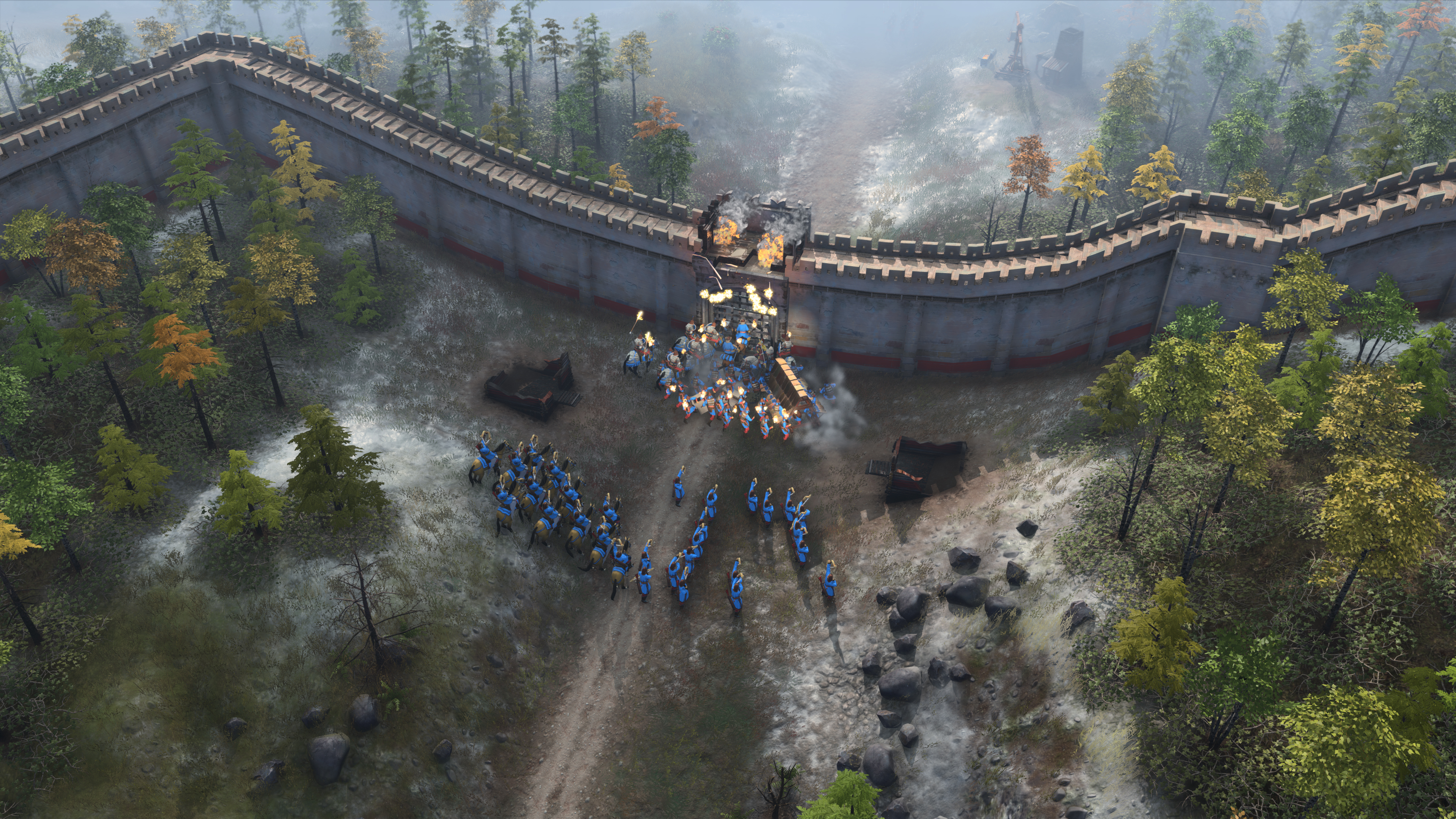
While the civilisation and campaign selection is slightly less than in AoE II, they are incredibly well fleshed out. The campaigns are a real shining point of AoE IV, offering a lot of interesting moments in history beyond the key battles that you’re more likely to have heard of.
When it comes to multiplayer, there’s the choice of Quick Matches, Custom and Observe, with Ranked soon to come after launch. Unfortunately, due to the limited pool pre-launch, we haven’t been able to test out the multiplayer modes just yet.
The main progression mechanic, as with previous Age of Empire titles, is by moving your civilization through four ages. Here, the game takes on a similar idea to the politician system in AoE III, where players choose a strategic landmark to build in order to progress - each of which is unique and tailored to benefit their respective civilization. It’s a nice touch which, especially in multiplayer games, could be a real game-changer if chosen well.
Outside of the campaigns and Age of War challenges, there’s a new win condition for Age of Empires IV. In addition to the flat-out defeat of your opponents or wonder-building, players can also attempt to control three sites on the map to win - however, maintaining command is no easy feat. It’s a strong blend of the full-fat militaristic approach and the more subversive gameplay style of other RTS titles.
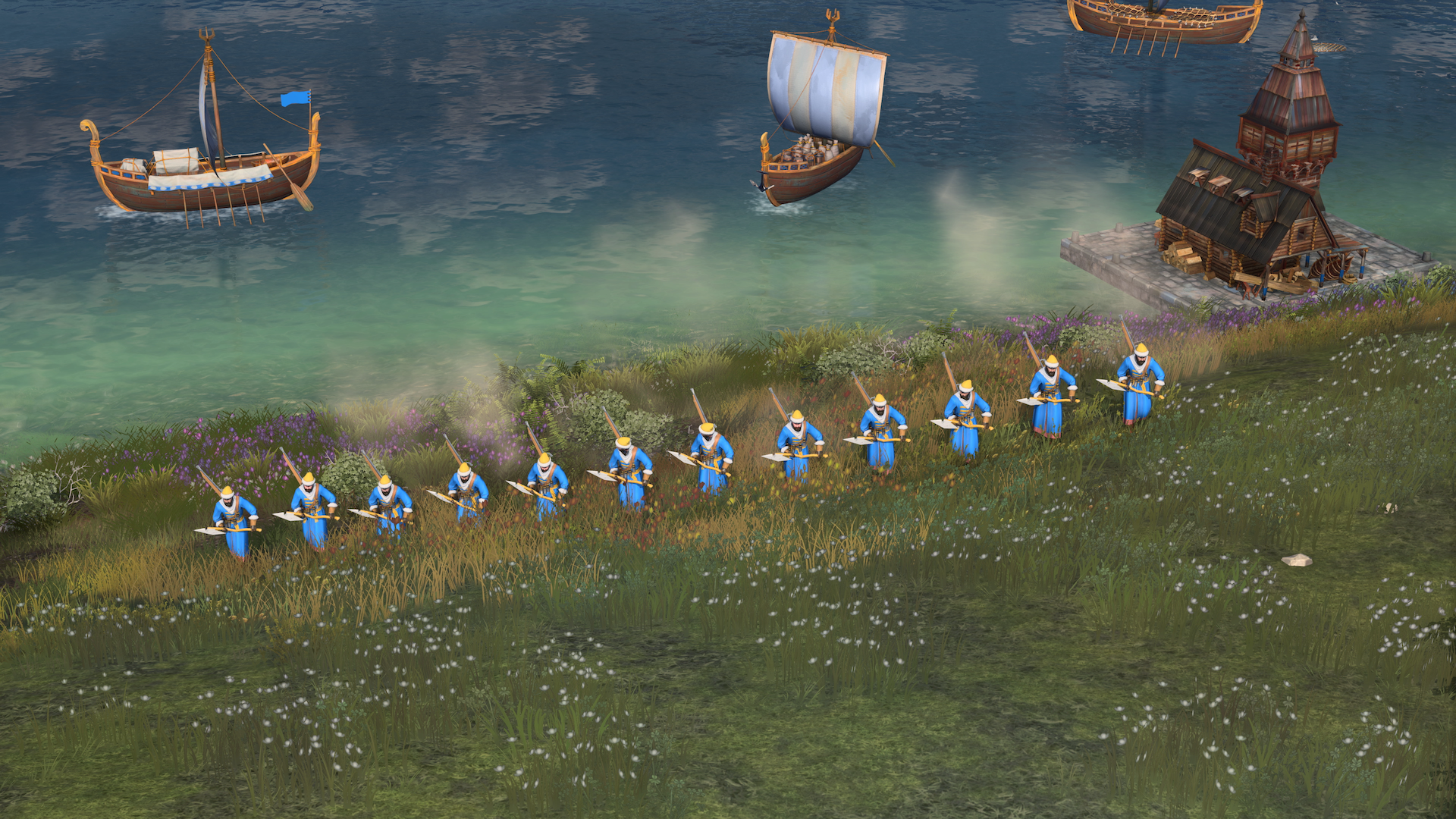
Age of RTS
Generally speaking, the four pillars of RTS games are buildings, resources, technology and units. The former two are pretty standard in Age of Empires IV, and effectively a rinse and repeat of the previous AoE games and other RTS classics, but it’s not exactly easy to innovate within this genre.
Technology, by and large, works the same way too - however, as we mentioned in our quick review, it’s a little barren. Even AoE II, the game which largely forms the basis for IV, had a lot more going for it - and it’s been over two decades since then. This, among other added features such as the automatic replanting of fields, means that the town development is a much smaller part of the game than it used to be.
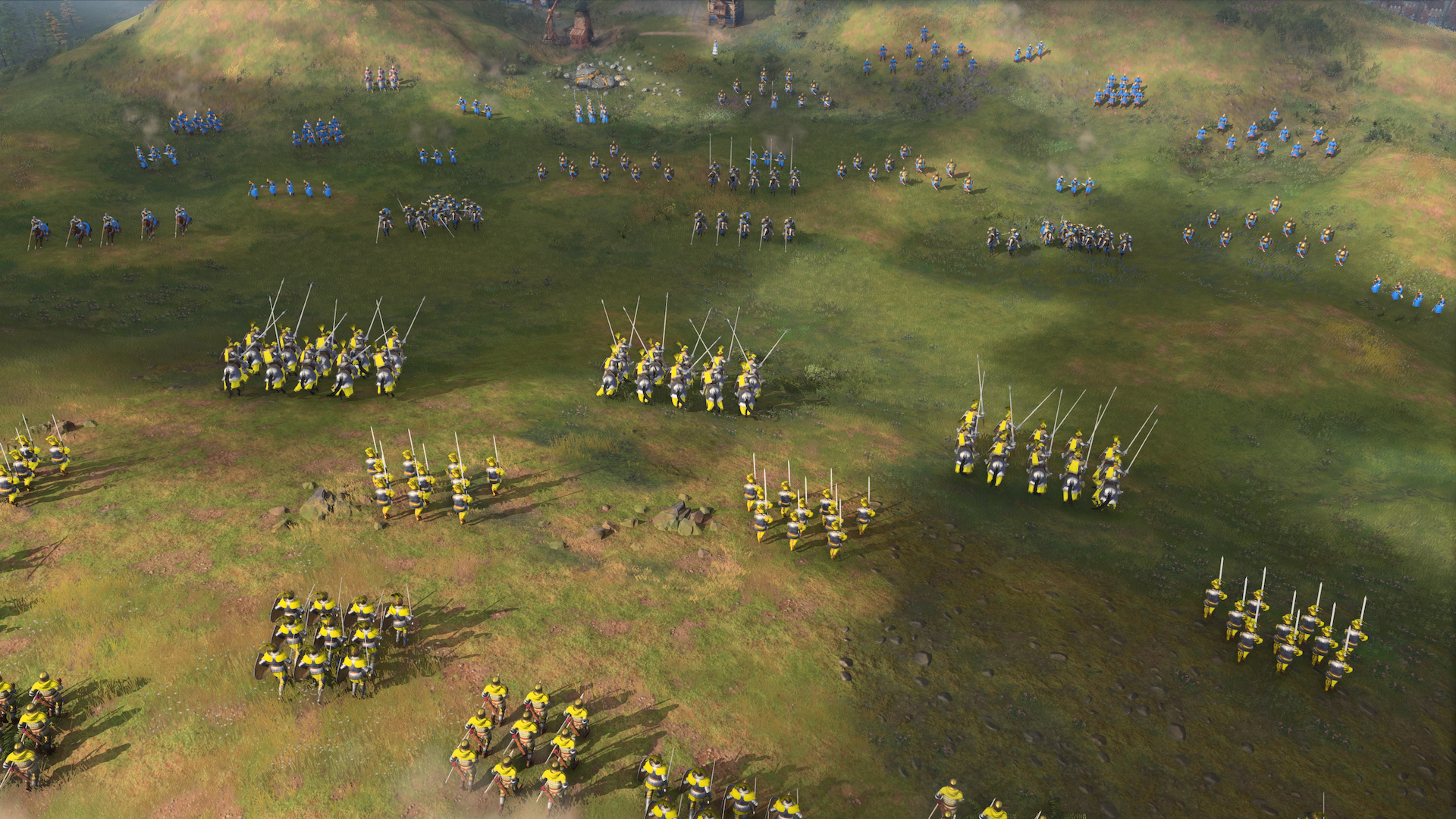
The combat is nothing earth-shattering, and this stripped-back set of units can feel a little… same-y after a while. Sure, the unique units to some civilizations like the Delhi Sultanate War Elephants or the Chinese Fire Lancers add some degree of deviation, but this is one of the areas where the reduced tech tree really has an impact.
However, there are some nice new features that add to the game. For example, military units can now attack from atop stone walls, thanks to the modular wall towers which players can place. These towers can be upgraded, and can also alert players when an attack is mounted against them.
Infantry also now build battering rams and siege towers, which is a godsend when your opponent is on the other side of the map - we highly doubt anyone much enjoyed watching a whole army creep across the entire map to keep pace with these siege units.
There is also a new stealth mechanic which allows military units to hide and ambush oncoming armies. As well as adding an interesting dynamic to warfare, this also gives scouts a little more function as they check ahead of your forces for hidden enemies.
Another, slightly more unbalanced ability added to Age of Empires IV is archers having the ability to build palings to fend off oncoming cavalry or melee units. This is, for the lack of a better term, pretty busted, as the palings can be constructed incredibly quickly and are super effective.
All of this is to say that Age of Empires IV, mechanically speaking, is basically Age of Empires II with some shiny bits. We’re OK with that, but some more meat on the bone would be appreciated.
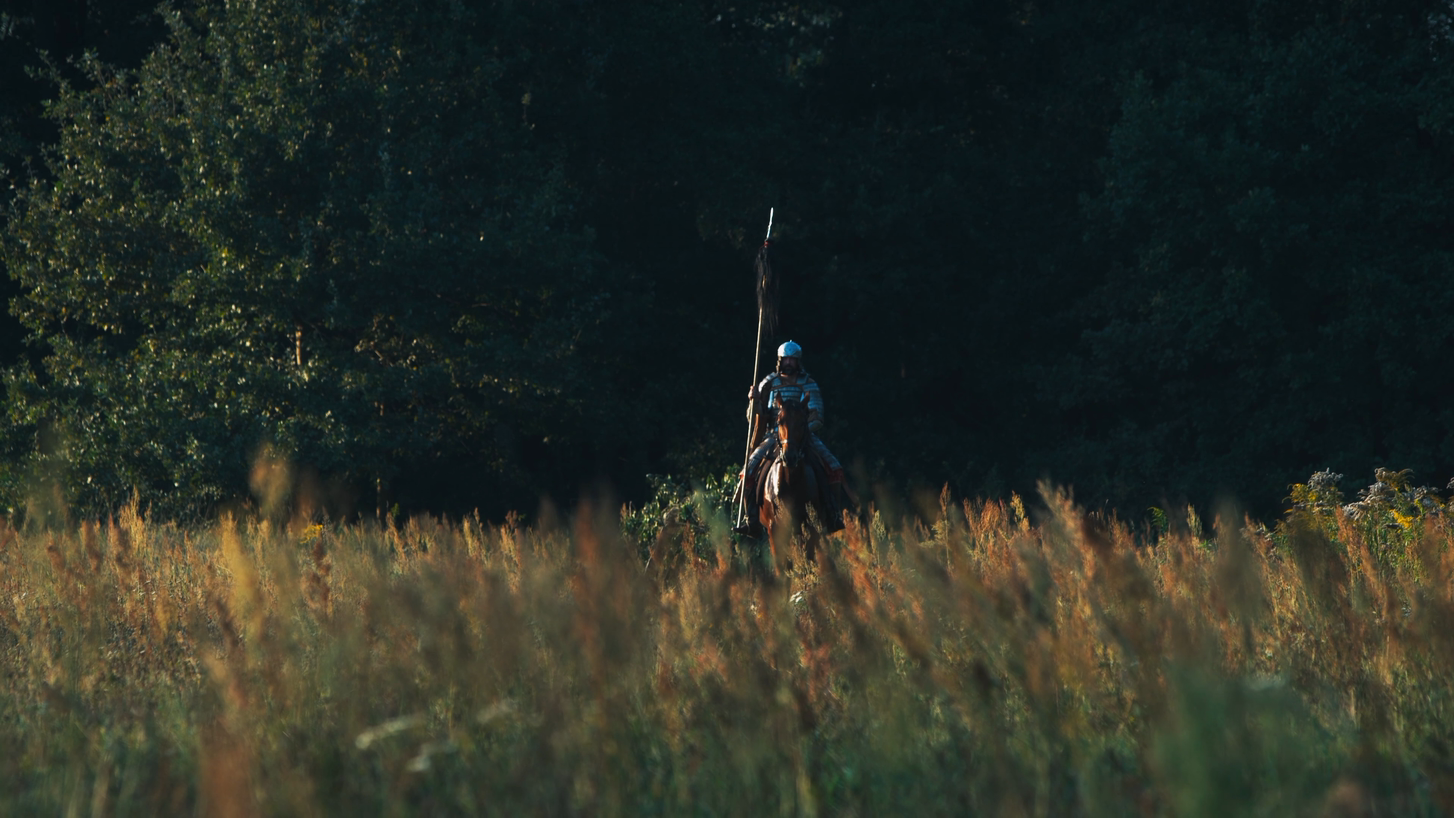
History in the making
For the uninitiated, Age of Empires as a franchise has historically leaned heavily on… well, history. However, it is fair to say, and with the admission of developers within the studio, that this was not always done with the greatest care and attention.
Despite a great many fans of the series crediting it for educating them on different, varied historical events, the representation of some cultures and historical events have not always been fair or even accurate. Now, partnering with Lion Television, the studio has made great efforts to create more prestige - and has done so beautifully.
Harnessing these historical settings with well-produced educational content and in-game application is a charming addition that elevates the overall experience significantly. Using real-world footage overlaid with computer graphics cinematics to tell the story of the battles, as well as renders of historical documents and art, Age of Empires IV has revolutionised its storytelling.
Plus, players get a full multimedia experience setting the scene for some of history’s most interesting battles thanks to the unlockable assets which further detail how key units, buildings and other elements of history played their part.
Honestly, Relic Entertainment could bundle all of this content together into a series of documentaries or educational materials for schools - they are that good.
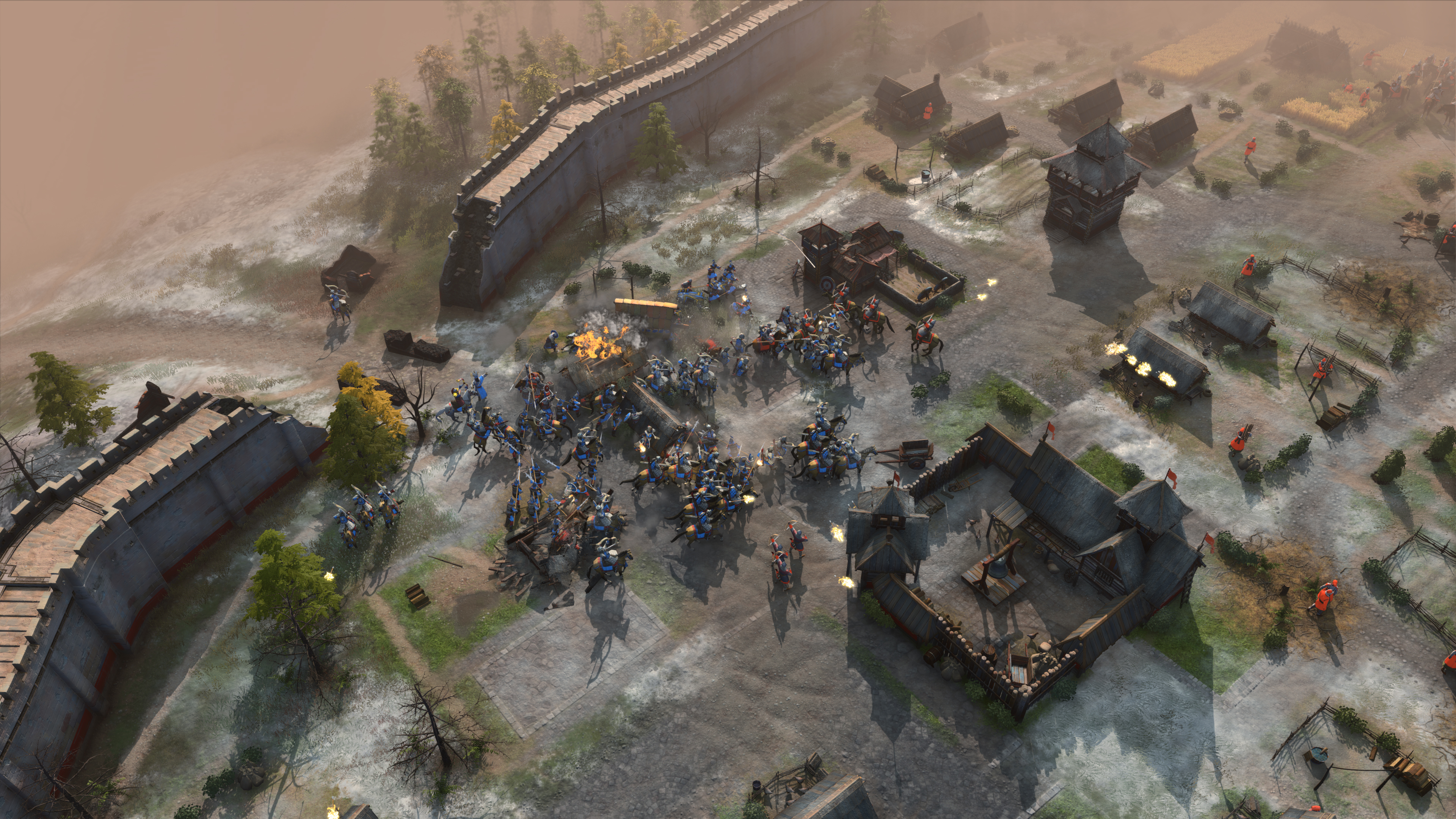
A game to be heard but not seen
Visuals are a tricky one to comment on for Age of Empires IV. On the one hand, it’s a gameplay-heavy title, but on the other, it’s a modern continuation of an established series, so we’d hoped to be a little more impressed at least in the visual department. It’s not bad by any means, it’s just all very… AoE II, but shiny.
We’re not sure what we were expecting here, but even the fact that units don’t distinctly evolve through the ages as in previous games feels a little uninspired - longbowmen stay longbowmen, with crossbowmen being a separate unit acquired later in the game, for example.
The buildings are much more detailed and look wonderful both when under construction as tiny villager silhouettes dash about, and later as they burn to the ground. Plus, towns evolve as buildings are added, creating roads, flattening the terrain and cycling different looks to keep the towns varied.
Both the music and sounds are on a par with the standard we’d expect from an AoE game. Each civilisation now has its own set of ambient, but distinct and enjoyable, music, the much-loved unit voiceovers - including the oft-memed “Wololo” as monks convert enemy forces - are in full force, and the sound effects for units and buildings are crisp and satisfying.
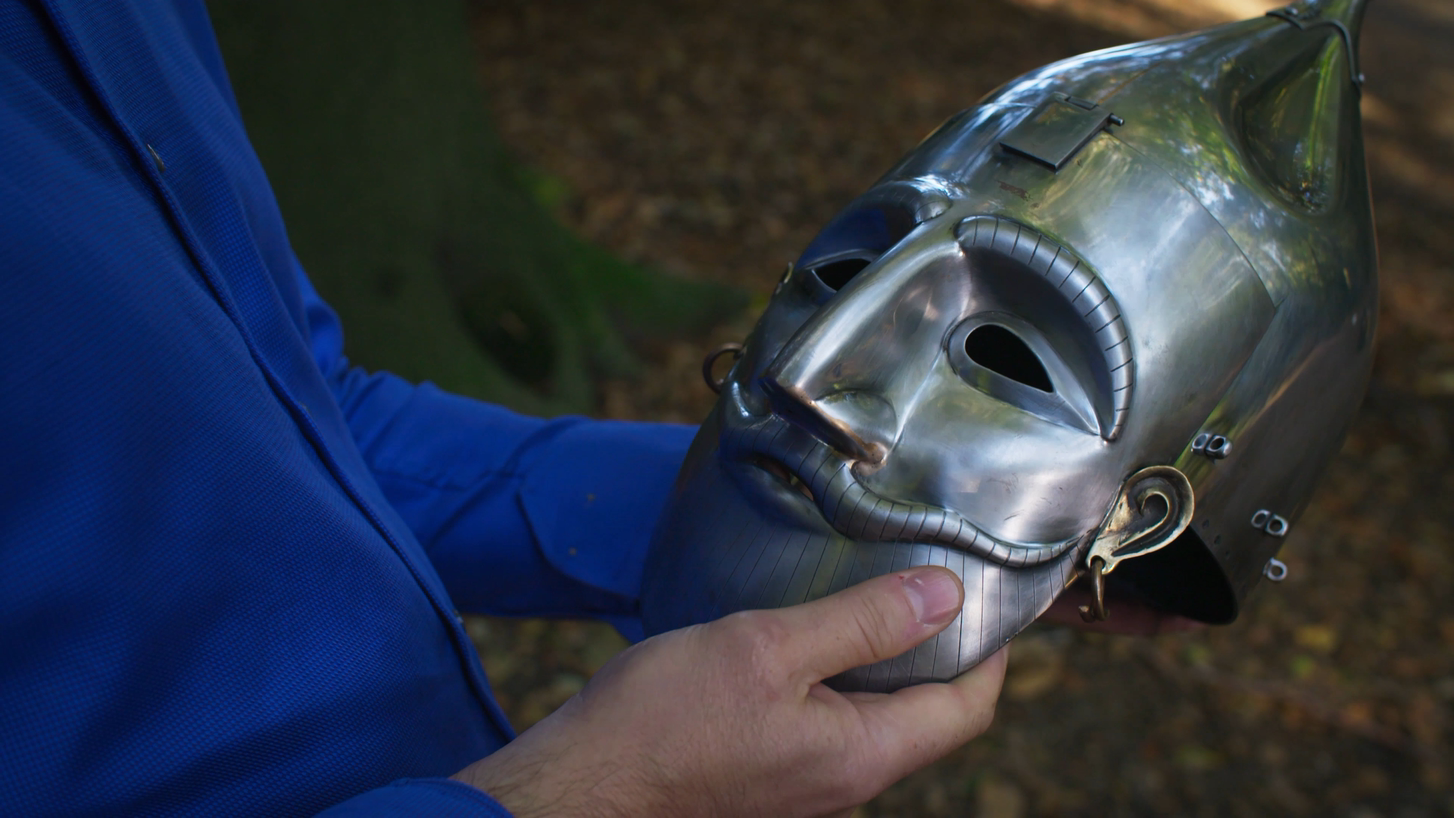
Verdict
If we had to choose just one word to describe Age of Empires IV, we’d say it’s solid. Relic Entertainment read the brief and delivered what was asked of it; a great spiritual successor to Age of Empires II that has been modernized and tweaked without departing too much from its inspiration.
Is this enough? Sure. It’s fun to play, gives you plenty of opportunities for customization and is inherently community-driven, and that’s what dedicated fans were hoping for.
However, with the exception of the cutscenes which really impressed us, there’s a distinct lack of “wow”. In such a condensed market, it’s hard to see Age of Empires IV becoming as much of a cultural phenomenon as II was, and maybe that’s enough - but we had hoped to see a lot more attention to detail than just the very few new features we’ve seen.
There’s plenty of room to grow for Age of Empires IV. Post-launch, Relic Entertainment will also be releasing a roadmap for features such as ranked as well as addressing some of the issues highlighted in the stress test not quite ready for launch, so we’re hoping to come back to the game soon with a fresh set of eyes.
- Best gaming PC 2021: get the most out of PC gaming

Josephine Watson (@JosieWatson) is TechRadar's Managing Editor - Lifestyle. Josephine is an award-winning journalist (PPA 30 under 30 2024), having previously written on a variety of topics, from pop culture to gaming and even the energy industry, joining TechRadar to support general site management. She is a smart home nerd, champion of TechRadar's sustainability efforts as well and an advocate for internet safety and education. She has used her position to fight for progressive approaches towards diversity and inclusion, mental health, and neurodiversity in corporate settings. Generally, you'll find her fiddling with her smart home setup, watching Disney movies, playing on her Switch, or rewatching the extended edition of Lord of the Rings... again.
